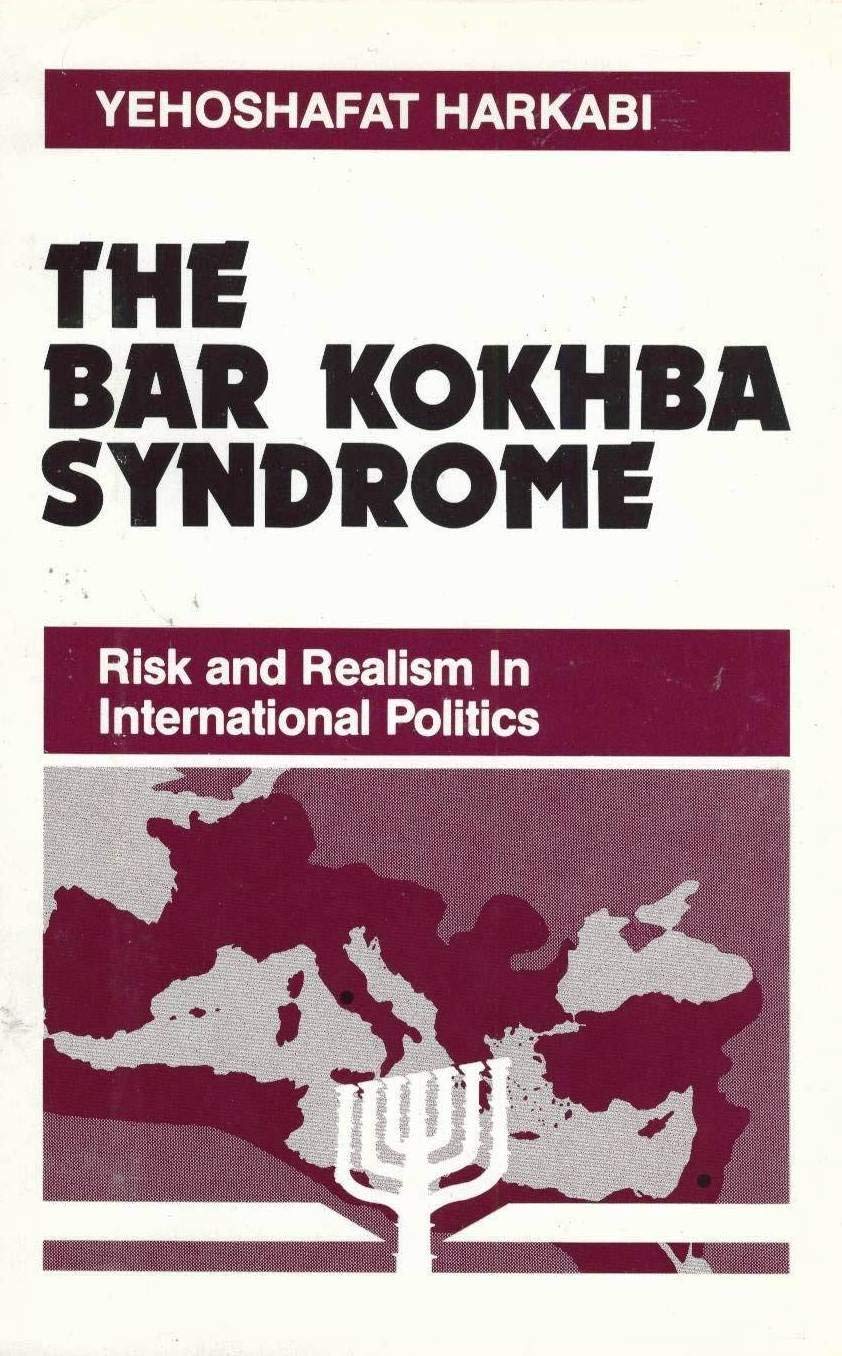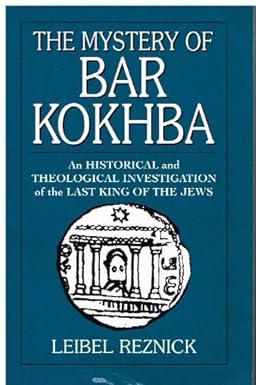
Revelation chapter 20 stands as the most pivotal chapter in all of Christianity when it comes to debates, divisions, and the interpretation of Bible prophecy in the New Testament. This single chapter, if isolated and interpreted by itself, has the power to shape our understanding of the timing, purpose, and meaning of the prophetic messages conveyed throughout the sacred text.
To truly grasp the significance of Revelation 20, we must approach it in a manner that is consistent with the specific and explicit declarations made by Jesus in the Gospels. His words serve as the foundation upon which our interpretation must be built. Additionally, we must consider the assurances provided by the Apostles in their epistles, as they offer invaluable insights into the context and application of these prophetic truths.
Furthermore, the Holy Spirit’s confirmation across the narrative of the Book of Revelation itself cannot be overlooked. As the culmination of God’s revelatory message, this book sheds light on the ultimate fulfillment of the divine plan. By carefully examining the interwoven themes and symbols present in Revelation, we can begin to unravel the mysteries surrounding the events described in chapter 20.
It is crucial to recognize that any interpretation of Revelation 20 that fails to align with the teachings of Jesus, the Apostles, and the Holy Spirit’s guidance risks leading Christians astray. Only by adhering to the principles and truths laid out in the entirety of Scripture can we hope to arrive at a proper understanding of this pivotal chapter.
The consequences of misinterpreting Revelation 20 are far-reaching, as they can impact our view of the end times, the nature of Christ’s kingdom, and the role of Christianity in God’s redemptive plan. It is, therefore, of utmost importance that we approach this chapter with humility, diligence, and a commitment to seeking the truth as revealed in God’s Word.
As we navigate the complexities of Revelation 20, let us hold fast to the unchanging truths proclaimed by Jesus, the Apostles, and the Holy Spirit. By doing so, we can uncover the profound implications of this pivotal chapter and its place within the grand narrative of God’s redemptive work in human history.
____________________________________________________________________________________________________
The Atavist perspective on Revelation 20 doesn’t begin with that specific chapter and then attempt to find support in the rest of the New Testament, as Amillennialism does. We respectfully disagree with St. Augustine’s approach, believing it to be the least likely method to uncover John’s intended meaning or come close to what the first generation of Christians understood him to be conveying.
Instead, we construct our understanding by examining Jewish history, commencing with the Babylonian Captivity in 605 BC. From there, we trace the journey of the Jewish people through several defining eras: the Persian, Hellenistic, Hasmonean, and Herodian periods. Each of these eras brought its own unique challenges and shaped the context in which the early Christians found themselves.
As we follow the narrative, we pay close attention to the specific issues and trials that the first Christians encountered, particularly from the beginning of the Jewish rebellion in AD 66. It’s crucial to recognize that the events described in the first four verses of Revelation 20 are directly contingent upon the occurrences only detailed in Revelation chapters 13 through 19. To fully grasp the meaning and significance of Revelation 20, we must first understand the context and events that precede it.
By immersing ourselves in this historical context and understanding how it relates to the events described in Revelation, we believe we can gain a clearer insight into the true significance of John’s message for its original audience. This approach stands in contrast to the method of starting with a preconceived notion derived from Revelation 20 and then seeking to make the rest of the Bible conform to that idea.
By anchoring our interpretation in the historical reality that shaped the world and milieu of the early Christians and recognizing the interconnectedness of the chapters leading up to Revelation 20, we can better grasp the complete significance of Revelation within its original setting. This comprehensive understanding allows us to appreciate the full scope of John’s prophetic message and its relevance to the dangers, trials and tribulations faced by the first Christians, particularly in light of the Jewish rebellion and its aftermath, culminating in the collapse of Bar Kokhba’s insurgent Hebrew state.
Q & A
Question for you: You do know there is a difference between Jews and Israelites, right?
DISCUSSION
In the biblical context, “Israelites” refers to the descendants of the patriarch Jacob, who was later given the name Israel. The term encompasses all twelve tribes that descended from Jacob’s sons. This includes the tribes of Judah, Benjamin, Levi, Simeon, Issachar, Zebulun, Joseph, Naphtali, Gad, Asher, Ephraim, and Manasseh.
On the other hand, “Jews” originally referred specifically to the people of the kingdom of Judah, which consisted of the tribes of Judah, Benjamin, and some Levites. The term “Jew” derives from the Hebrew name “Yehudah” (Judah).
After the Babylonian exile in the 6th century BC, the term “Jew” began to be used more broadly to refer to all Israelites, as the majority of those who returned from exile were from the kingdom of Judah. Over time, the term “Jew” became the common designation for the Israelite people as a whole, particularly in the post-exilic period and during the Second Temple era.
In modern usage, “Jews” refers to the adherents of Judaism, the descendants of the ancient Israelites, and those who have converted to the Jewish faith. The term “Israelites” is used more in historical and biblical contexts to refer to the ancient people who descended from Jacob (Israel) and their tribal affiliations.
Q & A
Did you know the Kingdom of Israel ceased to exist in 720 BC, but Bar Kokhba, a Jew and descendent of King David brought that nation back into existence in AD 132? It was not a Jewish nation, but a Israelite Hebrew nation that had not existed as Roman Judea in the first century. In fact, Josephus tells us that the Israelites in Mesopotamia refused to support the Jewish revolt from AD 66-70, although there can be no doubt the “some” Israelites found themselves involved with it. But the Bar Kokhba Revolt was an Israelite phenomenon and that it why I use the term Hebrew State/ Israelite insurrection, etc.
We want to be sure to clarify the important distinction between Jews and Israelites in this historical context by pointing out that the Kingdom of Israel ceased to exist in 720 BC and that Bar Kokhba’s revolt in AD 132 aimed to reestablish an Israelite Hebrew nation, not just a Jewish one.
It’s crucial to recognize that the Bar Kokhba Revolt was indeed an Israelite phenomenon, which ambitiously and daringly sought to revive the ancient Israelite identity and autonomy that had been lost for more than eight long centuries. This is distinct from the Jewish revolts of the first century, such as the infamous one from AD 66-70, which primarily involved the Jews of Judea and not necessarily the wider Israelite population who lived outside of the Roman Empire, eastward in Mesopotamia, where the Assyrian king Sargon II had planted them after the events of 720 BC.
Our use of the terms “Hebrew State” and “Israelite insurrection” is appropriate in this context, as it accurately reflects the nature and aspirations of Bar Kokhba’s movement. It’s important to make this distinction to avoid confusing the Bar Kokhba Revolt with the earlier Jewish revolts and to understand the broader historical and cultural context in which it took place.
Please keep these nuances in mind as we continue our discussion and analysis of the Atavist perspective on Revelation 20 and its connection to the historical events surrounding the early Christians and the Israelite people as their destiny converged in Revelation chapter 20.
Related
Important Studies on the Bar Kokhba
Insurrection by Qualified Historians
Yehoshafat Harkabi Alexander Zephyr Lindsay Powell
Leibel Reznick & Yagael Yadin
 |
 |
 |
 |
 |
